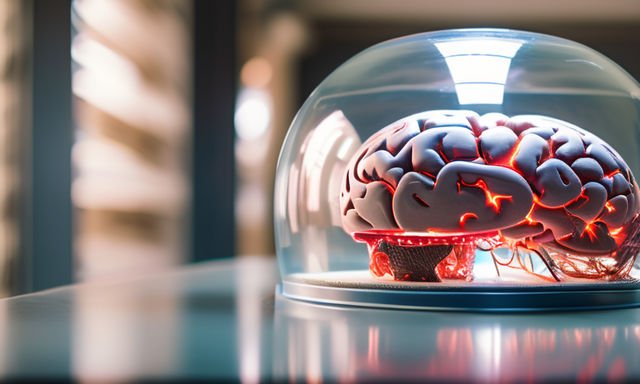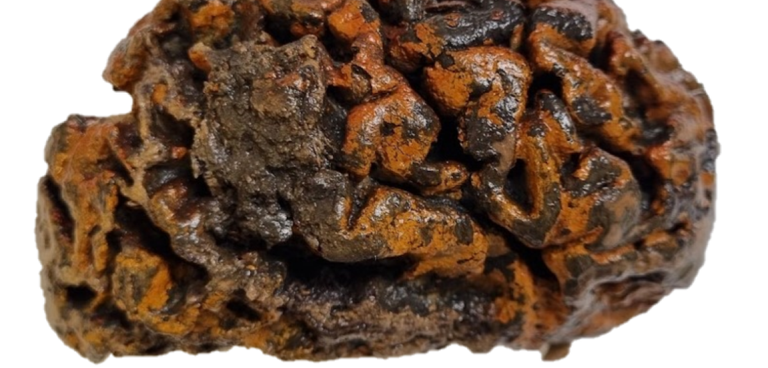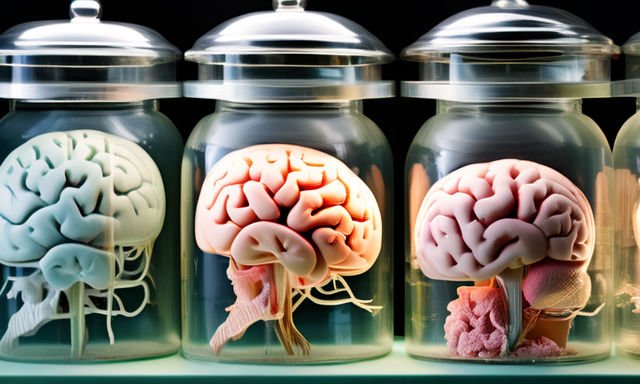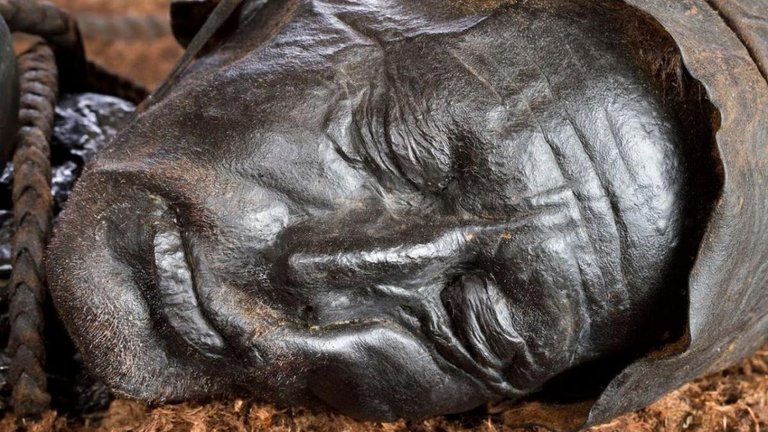Our brain refuses to die. [EN/PT]
Our brain refuses to die.

The British University of Oxford published on March 20 research that is a mystery about what happens to our body after death, our veins, marrows and remains of organs become dust or not; In principle yes, but that does not always happen and there is a case that intrigues scientists and that is the strange resistance of the brain to turning into dust.

Souce
To try to answer this mystery, a group of researchers from the University of Oxford in the United Kingdom led by postgraduate researcher Alexandra Morton-Hayward carried out the largest study to date of the global archaeological literature on human brains, they have managed to compile an archive that multiplies by 20 the number of brains that were in the previous records, in total they have gathered files of more than 4,000 belonging to more than 200 different places, on six continents.

A file was made for each brain where all the available data was analyzed, from historical climatic data to the geology of the place where it was found. The intention was to have an idea about how this extraordinary conservation was possible. It seems that factors such as the dehydration, that is, the organ dries out, freezing, saponification, which is the transformation of the body's fats into the so-called grave wax, and tanning, which is generally produced with peat, which is how the mummies of the animals are formed. swamps.

Souce The 2300 year old Tollund Man
Of those analyzed by the researchers, there are about 1,300 that are even stranger, since they are the only soft organs that have been preserved, that is, there were the bones and the brain, this is something really strange and has raised questions about what it is like. that the brain can resist destruction when the other organs disappear and wait because there are more.
Thank you for visiting my blog. If you like posts about #science, #planet, #politics, #rights #crypto, #traveling and discovering secrets and beauties of the #universe, feel free to Follow me as these are the topics I write about the most. Have a wonderful day and stay on this great platform :) :)
Em português
Nosso cérebro se recusa a morrer.

A Universidade Britânica de Oxford publicou no dia 20 de março uma pesquisa que é um mistério sobre o que acontece com nosso corpo após a morte, nossas veias, medulas e restos de órgãos viram pó ou não; Em princípio sim, mas nem sempre isso acontece e há um caso que intriga os cientistas e que é a estranha resistência do cérebro em virar pó.

Fonte
Para tentar responder a este mistério, um grupo de pesquisadores da Universidade de Oxford, no Reino Unido, liderado pela pesquisadora de pós-graduação Alexandra Morton-Hayward, realizou o maior estudo até hoje da literatura arqueológica global sobre cérebros humanos, eles conseguiram compilar um arquivo que multiplica por 20 o número de cérebros que constavam nos registros anteriores, no total reuniram arquivos de mais de 4.000 pertencentes a mais de 200 lugares diferentes, em seis continentes.

Para cada cérebro foi feito um arquivo onde foram analisados todos os dados disponíveis, desde dados climáticos históricos até a geologia do local onde foi encontrado. A intenção era ter uma ideia de como essa conservação extraordinária foi possível. Parece que fatores como a desidratação, ou seja, o ressecamento do órgão, o congelamento, a saponificação, que é a transformação das gorduras do corpo na chamada cera de sepultura, e o curtimento, que geralmente é produzido com turfa, que é como as múmias dos animais são formadas. pântanos.

Fonte The 2300 year old Tollund Man
Dos analisados pelos pesquisadores, há cerca de 1.300 que são ainda mais estranhos, pois são os únicos órgãos moles que foram preservados, ou seja, estavam os ossos e o cérebro, isso é algo realmente estranho e tem levantado questões sobre o que é como. que o cérebro pode resistir à destruição quando os outros órgãos desaparecem e esperar porque há mais.
Obrigado por visitar meu blog. Se você gosta de posts sobre #ciência, #planeta, #política, #direitos #cripto, #viajar e descobrir segredos e belezas do #universo, fique à vontade para me seguir, pois esses são os assuntos sobre os quais mais escrevo. Tenha um dia maravilhoso e fique nesta ótima plataforma :) :)
0
0
0.000
This is spooky science for me. It reminds me of when I saw a biker's brain on the road due to an accident. Now, whenever I see brain images (even in-game), it brings back memories of that accident.
Aside from that, this blog has increased my interest in gathering information on my own.
I tried to make the images more cartoonish, to avoid that, if it is unpleasant to see those accidents on the road, I try to look the other way when it happens.
Thank you, I try to bring interesting and up-to-date news.
May you be very well.
🙂
So briefly explained. This is really a nice blog for science lovers!👍

Thanks a lot!
Obrigado por promover a comunidade Hive-BR em suas postagens.
Vamos seguir fortalecendo a Hive